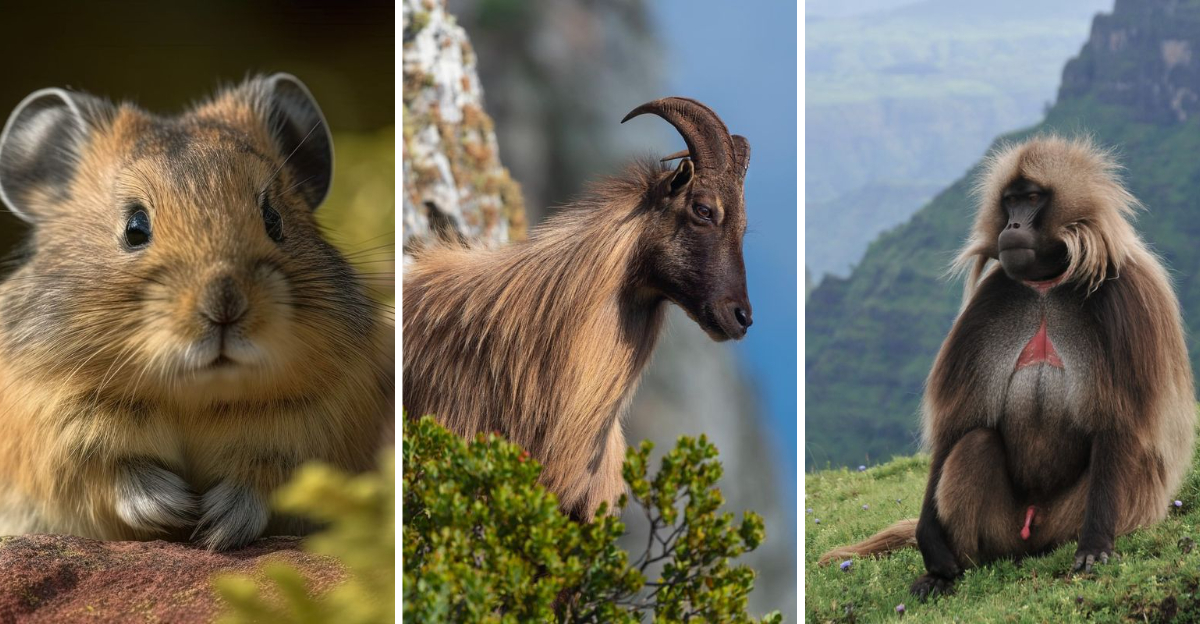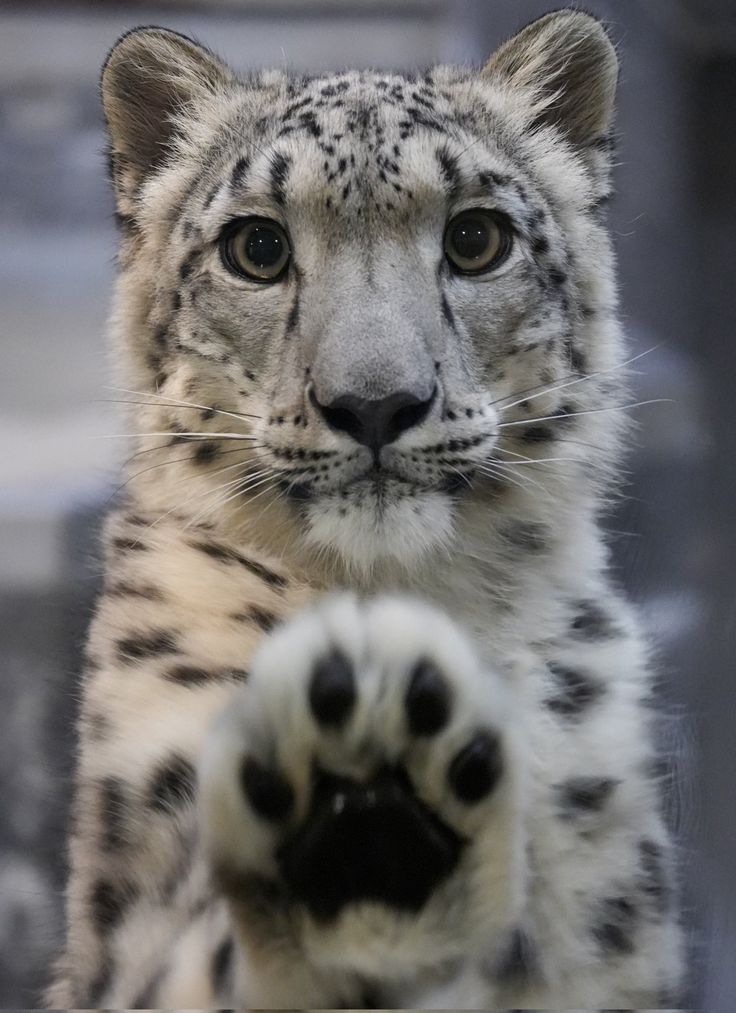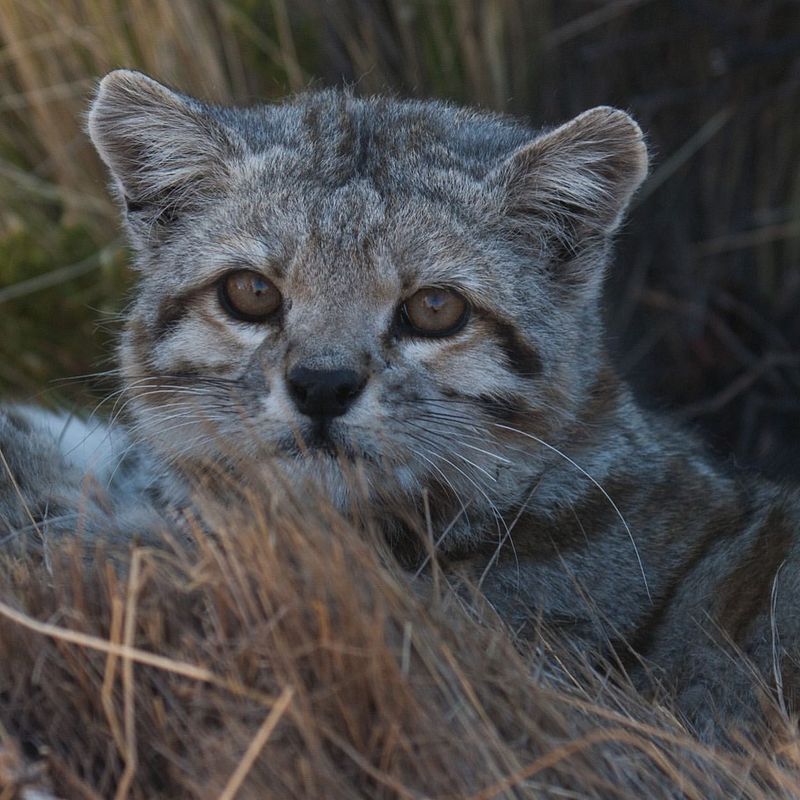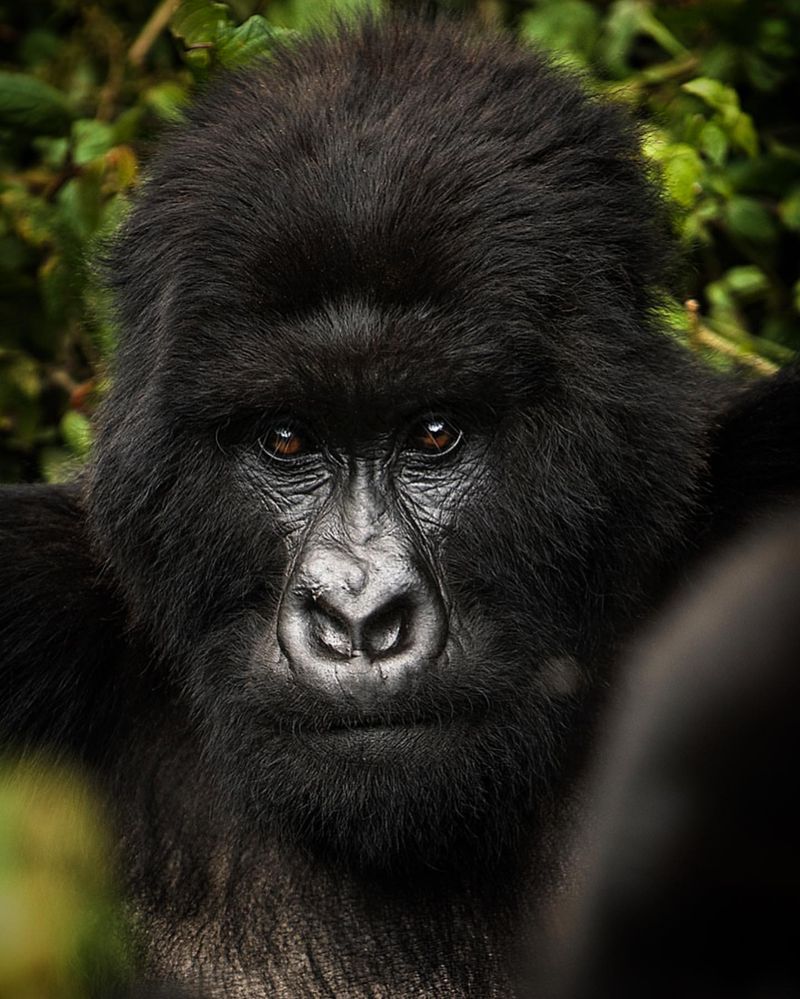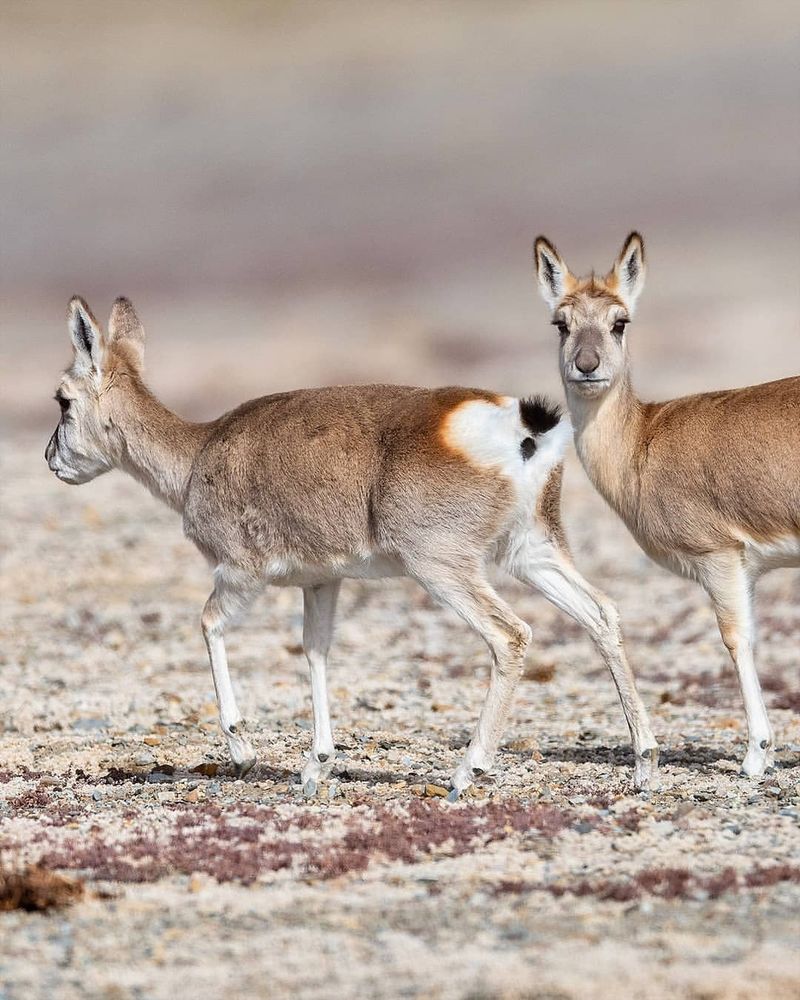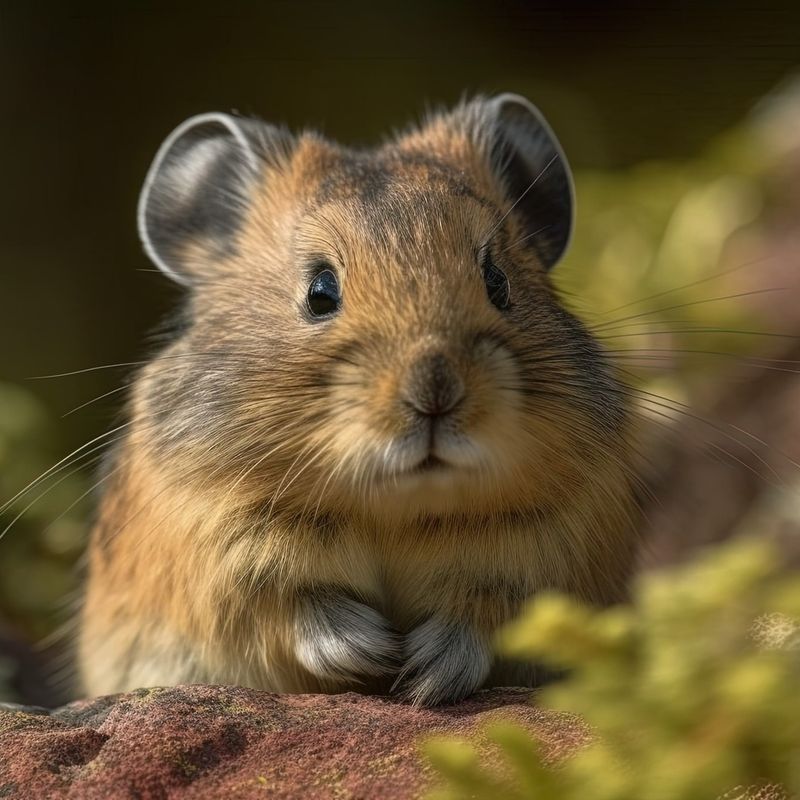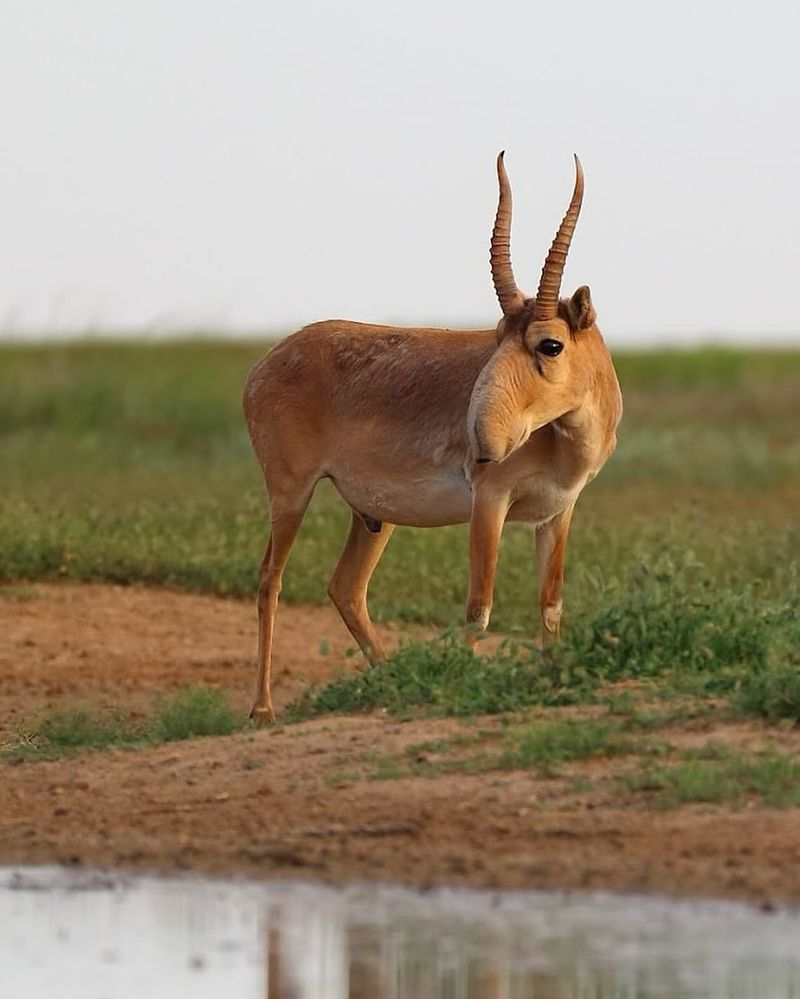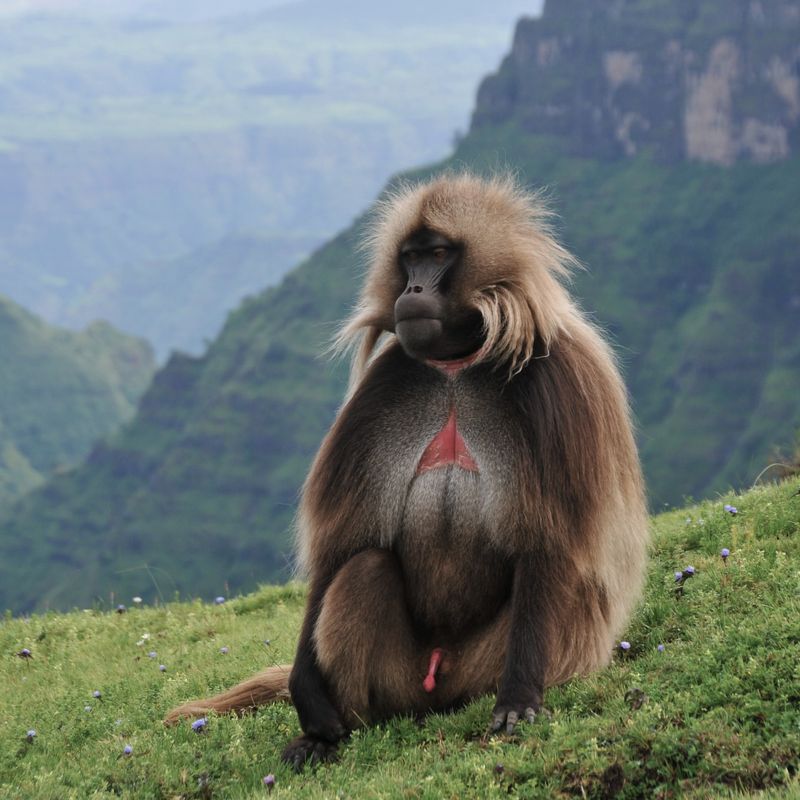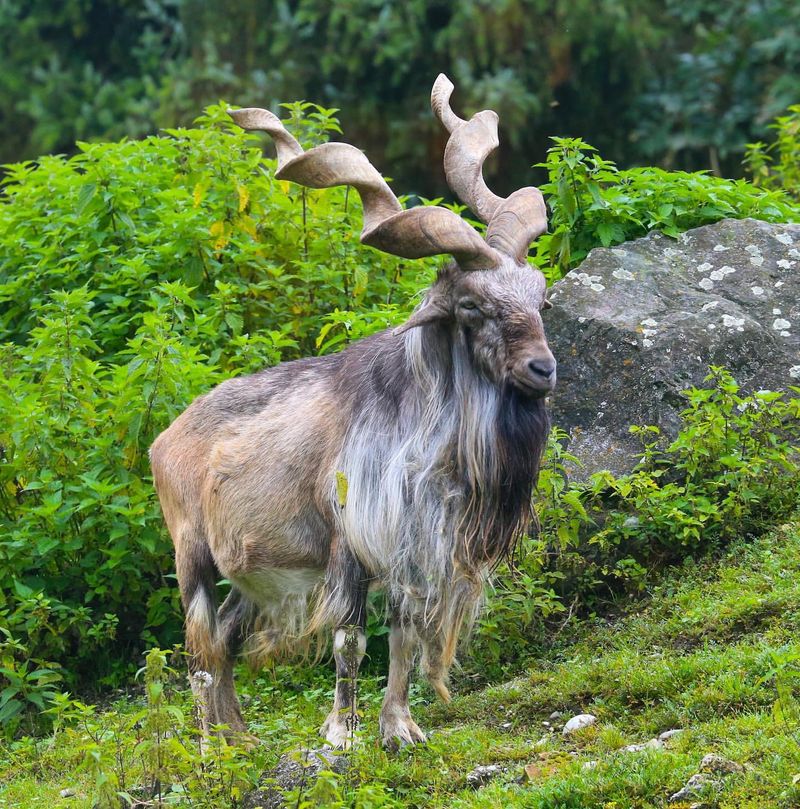📖 Table of Content:
High mountain peaks are home to some of the world’s rarest and most resilient mammals. These animals have evolved remarkable adaptations to survive extreme cold, low oxygen, and rugged terrain. Their ability to thrive in such isolated environments highlights the wonders of nature’s ingenuity.
From snow leopards prowling rocky slopes to the Himalayan tahr scaling steep cliffs, each species plays a crucial role in its ecosystem. Their thick fur, specialized hooves, and efficient respiratory systems help them endure the elements. Despite their hardiness, many of these animals face threats from climate change and habitat loss.
Studying these elusive creatures offers valuable insight into the delicate balance of high-altitude ecosystems. Protecting their habitats is essential for preserving biodiversity and ensuring the survival of these extraordinary species. Their existence serves as a reminder of the resilience and adaptability found in nature’s most challenging environments.
1. Snow Leopard
Elusive and majestic, the snow leopard glides through the remote ranges of Central and South Asia, earning its title as the ‘ghost of the mountains.’ Its thick, spotted fur blends seamlessly with the rocky landscape, providing both warmth and camouflage in its rugged habitat.
These majestic creatures are solitary and highly adapted to cold, high-altitude environments. They have powerful legs that enable them to leap great distances across the mountainous landscape.
Despite their beauty, snow leopards face threats from poaching and habitat loss. Conservation efforts are crucial to ensure their survival for future generations.
2. Andean Mountain Cat
The Andean mountain cat is one of the rarest and least known wild cats in the world. Found in the high Andes, this small feline is adapted to the cold and arid environment.
Its fur is thick and silvery-grey, with distinctive dark markings that blend with the rocky backdrop. These cats are solitary hunters, primarily preying on small mammals and birds.
Due to its elusive nature and fragmented population, the Andean mountain cat is considered endangered. Conservation efforts focus on habitat protection and reducing human-wildlife conflict.
3. Himalayan Tahr
Navigating the steep, rocky slopes of the Himalayas, the Himalayan tahr stands out with its robust frame and shaggy coat. This goat-like mammal, adorned with curved horns, is perfectly adapted to endure the harsh, mountainous terrain it calls home.
These herbivores are social animals, often found in groups grazing on alpine vegetation. Their agility allows them to navigate the precarious slopes with ease.
Himalayan tahrs play a significant role in the mountain ecosystem, but they face threats from hunting and habitat encroachment. Conservation initiatives help ensure their future in the wild.
4. Mountain Gorilla
Amid the misty heights of the Virunga Mountains in Central Africa, mountain gorillas thrive with remarkable adaptation to high-altitude forests. Known for their powerful build and deeply social nature, these gentle giants embody strength and community in one of the world’s most challenging environments.
Living in family groups, they primarily feed on leaves, stems, and fruits found in their mountainous habitat. Their thick fur keeps them warm in the cooler temperatures.
Despite their strength, mountain gorillas are critically endangered due to habitat destruction and poaching. Conservation efforts, including anti-poaching patrols and community education, are vital for their continued existence.
5. Tibetan Antelope
Native to the high-altitude plains of the Tibetan Plateau, the Tibetan antelope, or chiru, endures harsh conditions with grace. Its light, woolly coat offers vital insulation, shielding it from the relentless cold winds of its rugged environment.
These antelopes are known for their incredible speed and migratory behavior, covering vast distances in search of grazing grounds. Unfortunately, they are hunted for their fine underfur, known as shahtoosh.
The Tibetan antelope is classified as endangered, and strong conservation measures are necessary to protect this species from poaching and habitat loss.
6. Pika
Thriving in the rocky mountain terrains of North America, the pika charms with its round body and large ears. Despite its small size, this herbivorous mammal plays a vital role in its ecosystem and shares close ties with rabbits and hares.
Pikas are diurnal and spend their days collecting and storing food for the harsh winters. They are highly vocal, using calls to communicate and warn of predators.
Climate change poses a significant threat to their habitat, making conservation efforts essential to safeguard their future in these mountainous regions.
7. Saiga Antelope
With its distinctive bulbous nose, the saiga antelope roams the steppes and semi-deserts near mountain foothills. This unusual adaptation not only filters dust but also aids in regulating body temperature, helping the species thrive in harsh environments.
Saigas are migratory, traveling long distances in search of food. Their numbers have plummeted due to habitat loss and poaching, with their horns being highly sought after.
Conservation programs focus on habitat restoration and anti-poaching efforts to help recover saiga populations and protect these distinctive animals.
8. Gelada
The gelada, sometimes called the “bleeding-heart monkey,” is native to the Ethiopian highlands. This social primate is known for its red chest patch and expressive facial features.
Geladas live in large groups, primarily feeding on grass. Their dexterous fingers help them efficiently pluck blades of grass even on steep slopes.
Though not currently endangered, geladas face threats from habitat degradation and human encroachment. Conservation efforts aim to protect their natural habitat and promote coexistence with local communities.
9. Markhor
With striking spiraled horns, the markhor stands as Pakistan’s national animal and a symbol of resilience. Thriving in the rugged mountains of Central Asia, this wild goat has expertly adapted to harsh terrains, showcasing nature’s remarkable ingenuity.
Markhors are agile climbers, using their skills to escape predators and find food. Their diet consists mainly of grasses and shrubs found at high altitudes.
Threatened by hunting and habitat destruction, markhors benefit from conservation efforts, including legal protection and community-based initiatives to preserve their population.
